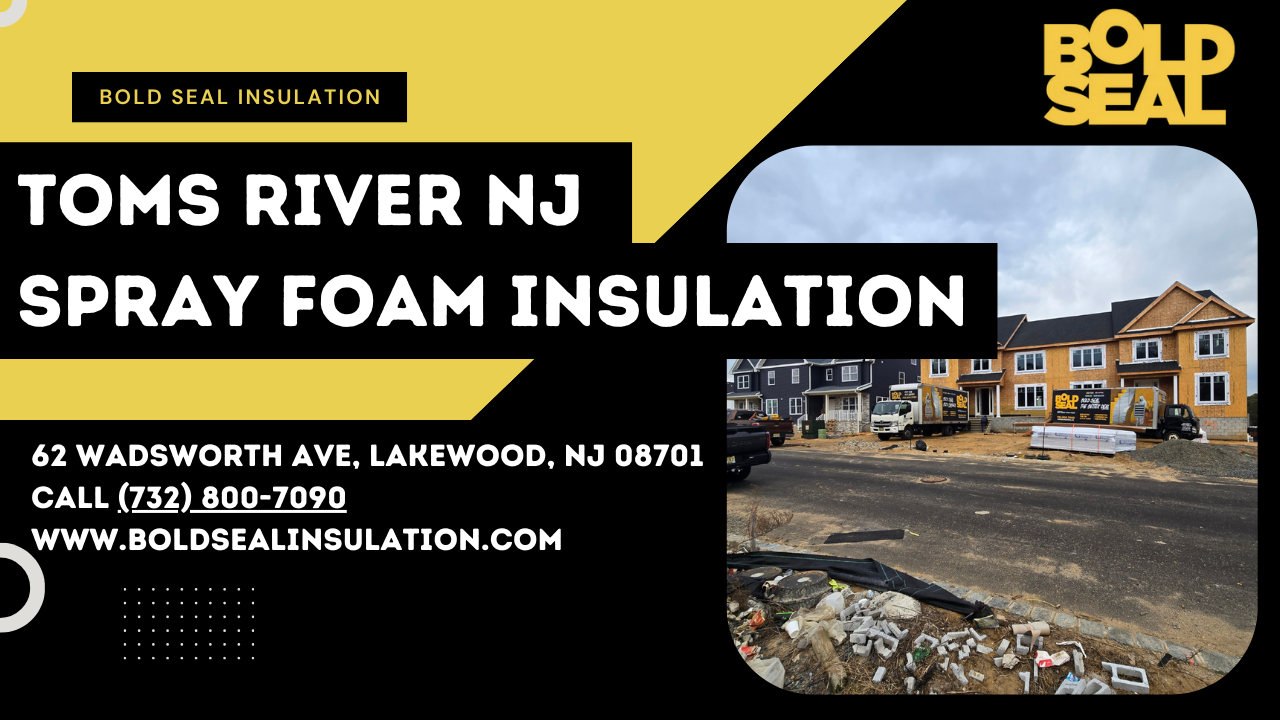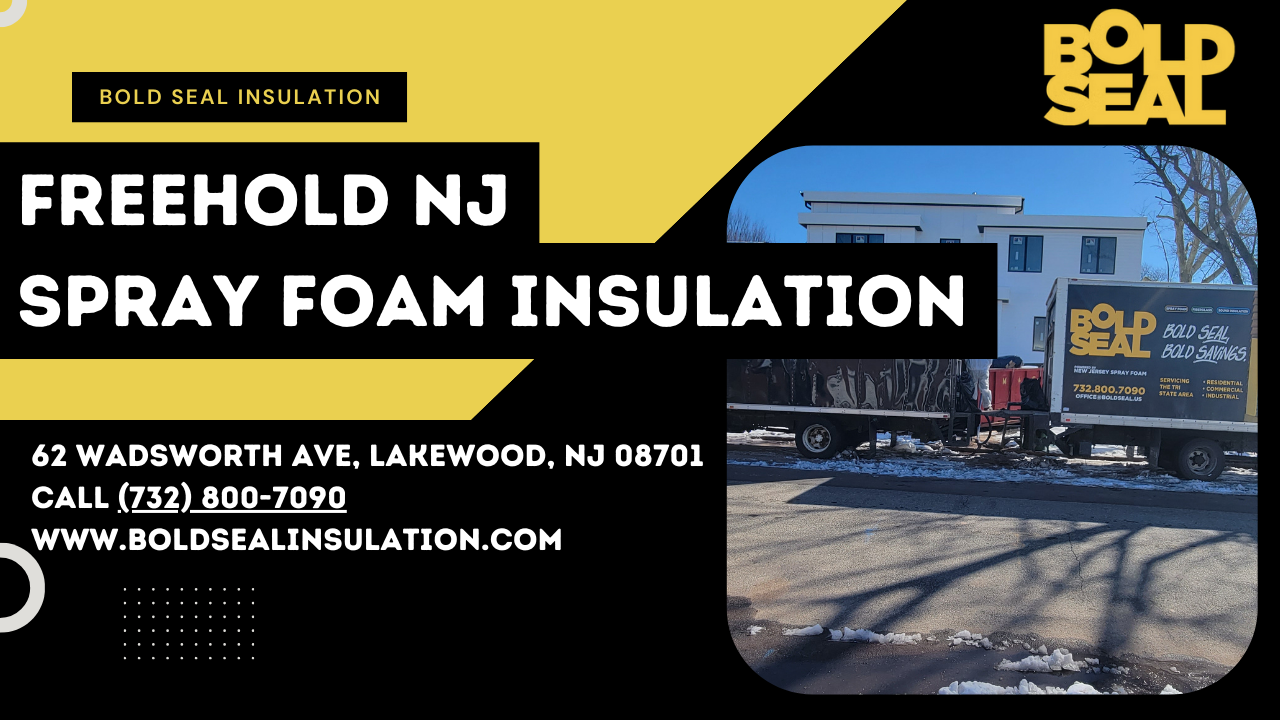Breathe new life into your cherished older home with expert insulation services designed to enhance energy efficiency, comfort, and value. Whether you're tackling a full-scale renovation or seeking targeted improvements, we'll guide you through the process of selecting the right insulation materials and contractors for lasting results. Discover how to optimize your home's energy performance and protect its unique character.
Understanding Insulation Needs for Older Homes
Older homes, with their unique charm and character, often present unique insulation challenges. These homes were built using different construction techniques and materials than modern homes, leading to significant energy loss and discomfort. An energy audit can pinpoint areas needing attention, such as drafty windows, poorly insulated walls, and inadequate attic insulation. Addressing these issues is crucial for improving energy efficiency, enhancing comfort levels, and reducing your utility bills. Ignoring these problems can lead to increased energy consumption and potential issues like moisture control problems and mold growth. By investing in proper insulation, you safeguard the structural integrity of your home while significantly improving its energy performance.

Why Insulation is Crucial for Older Homes
Energy efficiency is paramount in today's world, and older homes often fall short. Poor insulation leads to significant energy loss, resulting in higher heating and cooling costs. Improved insulation translates directly into lower utility bills, a significant return on investment. Beyond energy savings, proper insulation enhances comfort levels by reducing drafts and maintaining a more consistent indoor temperature. This improvement contributes to a healthier and more enjoyable living environment. Furthermore, effective insulation acts as a barrier against moisture, preventing mold and mildew growth, which is especially crucial in older homes susceptible to moisture problems.
Common Insulation Challenges in Vintage Properties
Vintage properties present distinct challenges. Older homes may contain materials like asbestos or lead paint, requiring careful abatement before insulation work. Moisture control is another critical concern; improper insulation can trap moisture, leading to mold growth and structural damage. Therefore, selecting an insulation contractor experienced in working with older homes is crucial. They possess the expertise to handle these challenges, ensuring compliance with building codes and safety regulations while preserving the historical integrity of your home. The contractor must have knowledge of safe removal practices for asbestos and lead paint to avoid health hazards during the renovation process.
Types of Insulation Suitable for Older Homes
Several insulation types are well-suited for older homes, each offering unique benefits and considerations. The choice depends on the specific area being insulated (attic, walls, crawl space, or basement) and the home's existing structure. Factors to consider include R-value (thermal resistance), cost, ease of installation, and compatibility with existing materials. Always prioritize selecting materials that meet building codes and environmental standards, such as sustainable and environmentally friendly choices.
Attic Insulation Solutions
The attic is often a prime target for insulation upgrades. Fiberglass insulation is a common and cost-effective choice, offering good thermal performance. Cellulose insulation, made from recycled paper, provides excellent insulation and soundproofing properties. Spray foam insulation offers superior air sealing and moisture resistance but is typically more expensive. When choosing insulation, remember to check its R-value which is measured in thermal resistance to ensure adequate energy savings.

Wall Insulation Options
Insulating existing walls in older homes can be more complex, often requiring retrofit insulation methods. These techniques involve injecting insulation into wall cavities or applying exterior insulation systems. Careful consideration must be given to the wall's construction and any potential moisture issues. Correctly applied wall insulation will significantly improve energy efficiency and make the home more comfortable by reducing energy transfer.
Crawl Space and Basement Insulation
Crawl spaces and basements often contribute significantly to energy loss. Insulating these areas can significantly improve a home's overall energy efficiency. Foundation insulation techniques, such as spray foam insulation or rigid foam boards, can effectively seal off these spaces, preventing heat loss or gain and reducing moisture penetration. Pest control should also be considered when insulating these areas.
Window and Door Insulation
Air sealing is crucial in older homes where drafts are common. Weatherstripping, caulking, and window inserts can significantly improve energy efficiency by preventing air infiltration. In addition to air sealing, thermal insulation of windows and doors adds another layer of energy efficiency, keeping heat in and cold out in the winter and vice versa in the summer.
Choosing the Right Insulation Contractor
Selecting a qualified insulation contractor is vital for a successful project. Look for contractors with experience working on older homes; their familiarity with the unique challenges and building codes relevant to older structures is crucial. Inquire about their experience with historical home renovations. Choosing a contractor specializing in historical home renovations ensures they understand the sensitivities required in a project like this.
Factors to Consider When Hiring
Experience with historical homes is paramount, ensuring they understand the nuances of working with older structures. Verify their insurance and licensing to protect yourself from potential liabilities. Inquire about warranties on materials and workmanship, providing a safety net against unforeseen issues. Check their references, seeking feedback from past clients to assess their performance and reliability. home insulation boldsealinsulation.com Review their green building practices and sustainable insulation material options for environmentally-conscious choices.
Questions to Ask Potential Contractors
Ask about their experience with insulation installation and repair methods specific to older homes. Inquire about their approach to moisture control and mold prevention. Discuss their familiarity with building codes relevant to your region and their approach to minimizing disruption during the renovation process. Discuss the total cost upfront, ensuring transparency in the pricing. Request written estimates and confirm their insurance coverage for potential accidents or damages during the project.
Upgrading Your Home’s Insulation
Insulating an older home is a significant investment, but the long-term benefits are substantial. A well-insulated home is more energy-efficient, comfortable, and valuable. By following these steps, you can improve your home’s energy performance and protect its historical character.
Steps to Insulating Your Older Home
Begin with a thorough energy audit to identify areas needing attention. Choose appropriate insulation materials based on the area and your budget. Hire a qualified and experienced contractor and adhere to the building codes within your area. Ensure proper ventilation and moisture control are in place to protect the home’s structure. Regular home maintenance and upkeep help prevent the need for costly repairs.
Benefits of Retrofits and Renovations
Retrofitting and renovating an older home’s insulation provides many benefits. These renovations are major investments, and they can increase a home's value significantly. The renovation process greatly improves the energy efficiency of the home and creates a more comfortable living environment. The upgraded insulation improves energy savings and drastically reduces your utility bills. Energy-efficient retrofits can significantly reduce the carbon footprint of the home.
Frequently Asked Questions about Insulation for Older Homes
Many homeowners have concerns insulation companies near me boldsealinsulation.com regarding insulating older homes. Understanding the process and addressing common concerns ensures a smooth and successful project.
- What is the best insulation material for older homes? The best material depends on the specific application (attic, walls, etc.) and your budget. Fiberglass, cellulose, and spray foam are all popular choices. How can I tell if my home needs new insulation? High energy bills, drafts, uneven temperatures, and visible gaps in insulation are all signs. A professional energy audit provides a definitive answer. What are the signs of faulty insulation? Mold growth, water damage, pest infestations, and high energy bills may indicate faulty insulation. How much does it typically cost to insulate an older home? Costs vary greatly depending on the home's size, the type of insulation used, and the complexity of the project. Get multiple quotes from contractors.
Insulating your older home is a rewarding investment that improves comfort, energy efficiency, and value. By understanding the specific challenges and opportunities presented by older homes, and by choosing the right materials and contractors, you can ensure a successful project that preserves the character of your home while enhancing its modern performance. Contact a qualified insulation contractor today to begin your journey towards a more comfortable and energy-efficient home.